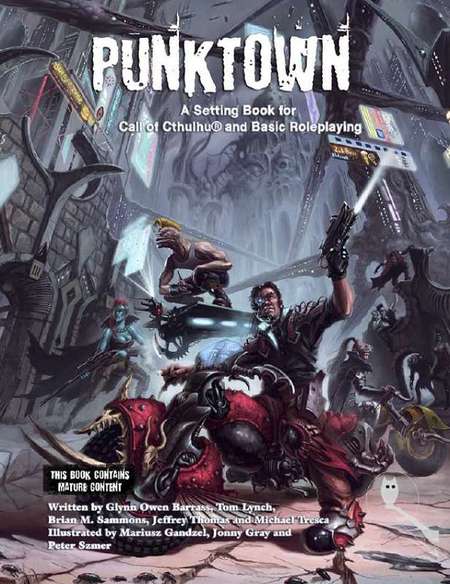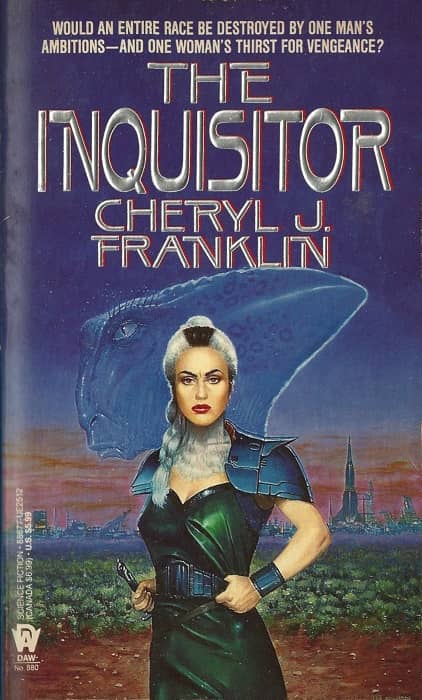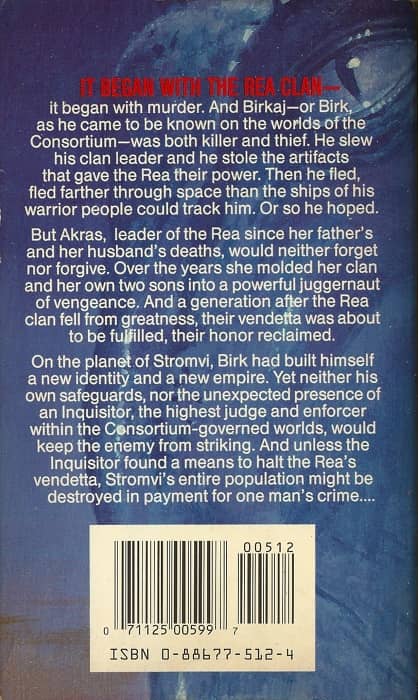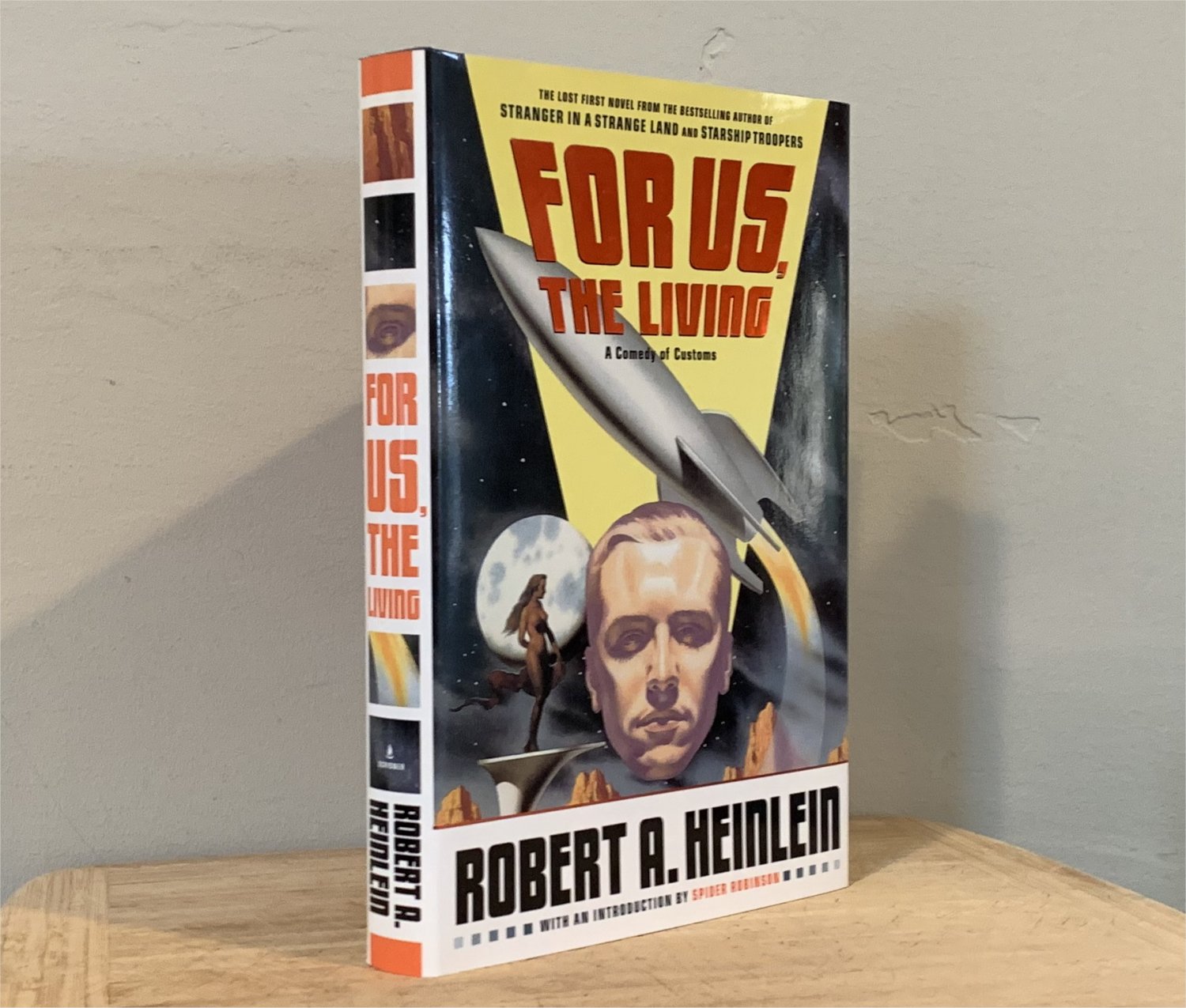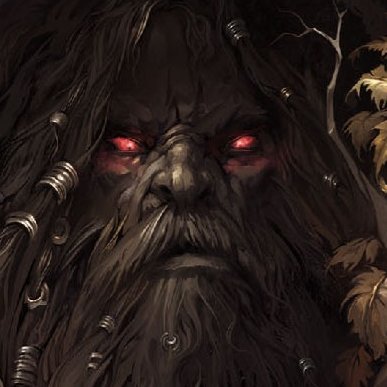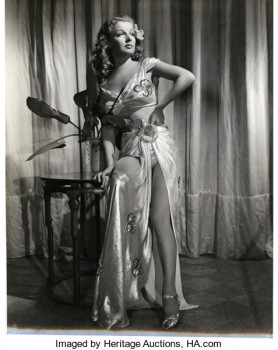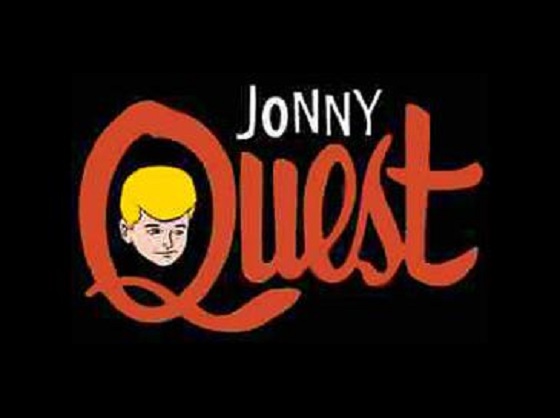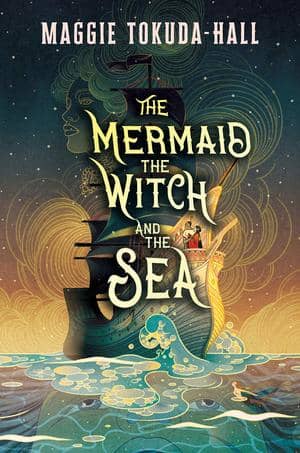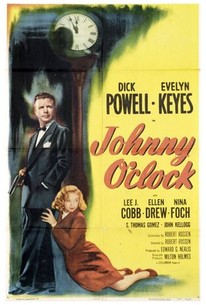Future Treasures: The Angel of the Crows by Katherine Addison
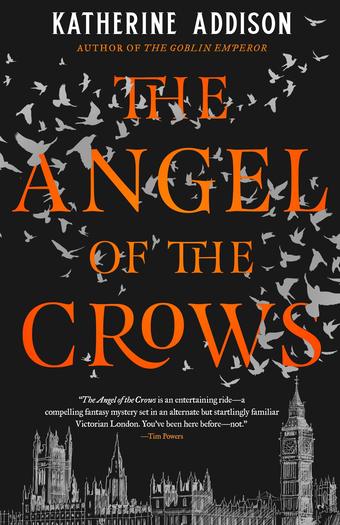 There are pseudonyms, and there are pseudonyms. “Katherine Addison” is one of the latter.
There are pseudonyms, and there are pseudonyms. “Katherine Addison” is one of the latter.
“Addison” is a pen name for Sarah Monette, who’s achieved some notoriety in the field with the Melusine novels and her Kyle Murchison Booth stories, which have appeared in Clarkesworld, Uncanny, and other fine places. In 2014 she adopted the name Katherine Addison to publish The Goblin Emperor, which became one of the most successful books of the year, nominated for the Hugo, Nebula, and World Fantasy Award, and winning the Locus Award for Best Fantasy Award. It was included in Unbound Worlds‘ list of The 100 Best Fantasy Novels of All Time.
What do you do when your pseudonym is more famous than you are? Write more books under the pseudonym, of course. And that’s exactly what Monette has done. Her next Addison novel, The Angel of the Crows, arrives from Tor in two weeks, and it looks like a doozy.
It’s a Sherlock Holmes pastishe in which Holmes is an outcast angel called Crow, Watson is suffers from a supernatural injury picked up in the war, and the city of London is crawling with vampires, werewolves and darker things. Kirkus calls it “A Sherlock Holmes–esque novel that truly breaks the mold,” and The Nerd Daily pronounces it “good for Holmes fans of any stripe.”
Addison… makes note of the inspiration she drew from Cumberbatch’s Sherlock in particular, so it’s no surprise that since Sherlock opened with “A Study in Pink,” The Angel of the Crows opens with what we might call a Study in Gold… Yes, this version of Victorian London is densely populated by angels, monsters, creatures, fey, and various and sundry supernatural alongside the usual assortment of villains, murderers, and thieves. But that’s no real impediment to the world’s greatest detective or his newly stalwart companion. Dr. Doyle, who is essentially-but-not-quite Dr. Watson, joins the enigmatic Crow, who is Sherlock but for one distinct difference: Crow is an angel.
The Angel of the Crows takes us through the most famous of Holmes’s cases, including “A Study in Scarlet,” “The Sign of the Four,” and “The Hound of the Baskervilles,” as well as taking on Jack the Ripper.
The Angel of the Crows will be published by Tor Books on June 23, 2020. It is 448 pages, priced at $27.99 in hardcover and $14.99 for the digital edition. Read the first two chapters here.
See all our coverage of the best upcoming SF and fantasy here.
